How to Increase Creativity in Your Drawings
Have you ever stared at a blank page, feeling the weight of expectation pressing down on you? If so, you're not alone! Every artist, at some point, faces the daunting challenge of tapping into their creative well. But fear not! This article is here to explore various techniques and strategies that can help you enhance your creativity in drawing. Whether you're a seasoned artist or just starting out, unlocking your full potential and developing a unique style is within reach through practice and experimentation.
So, what exactly is creativity? It's a multifaceted concept that involves thinking outside the box, breaking free from conventional norms, and allowing your imagination to roam wild. Imagine creativity as a vast ocean; sometimes, the waves are calm, and at other times, they crash with overwhelming force. Understanding the nature of creativity can help you tap into your personal reservoir of artistic ideas and apply them effectively in your drawings. The key is to embrace the ebb and flow of inspiration, recognizing that creativity is not a linear path but rather a winding journey filled with surprises.
Finding inspiration is crucial for creativity. Think of inspiration as the fuel that ignites your artistic fire. It can come from a myriad of sources, including nature, art history, and personal experiences. By exploring these avenues, you can fuel your imagination and breathe life into your drawings.
Nature offers endless inspiration for artists. The beauty of landscapes, the intricate details of flora, and the captivating forms of fauna can spark new ideas and help you develop unique drawing techniques. Imagine walking through a lush forest, where every leaf and ray of sunlight seems to whisper secrets of creativity. By immersing yourself in the great outdoors, you can discover a treasure trove of visual stimuli that can transform your art.
Learning to observe nature closely can significantly enhance your drawing skills. Techniques such as sketching outdoors or using reference images can improve your ability to capture details and essence. Try taking a sketchbook with you on your next walk. You'll be amazed at how the world around you can inspire your next masterpiece!
Incorporating natural elements into your drawings can enhance creativity. Experimenting with colors, textures, and forms found in nature can lead to innovative artistic expressions. Imagine blending the vibrant hues of a sunset with the texture of tree bark in your artwork. The possibilities are endless!
Studying art history can provide valuable insights into different styles and techniques. By examining the works of past masters, you can draw inspiration to develop your unique voice in drawing. Consider how the Impressionists captured light and movement, or how the Surrealists played with dream-like imagery. These historical influences can serve as a springboard for your creativity.
Experimenting with various drawing techniques can significantly boost your creativity. This section discusses methods such as free drawing, mixed media, and digital art to expand your artistic horizons. Each technique offers a unique way to express yourself and discover new facets of your creativity.
Engaging in free drawing exercises encourages spontaneity. These exercises help you break free from constraints and explore your imagination without fear of judgment. Think of it as a playground for your creativity—where the only rule is to let go and have fun!
Using mixed media allows you to combine different materials and techniques, leading to unexpected results that can inspire new creative directions in your drawing. Imagine layering watercolor with ink or incorporating collage elements into your artwork. The fusion of various mediums can breathe new life into your creations.
Establishing clear creative goals can guide you in your drawing practice. Setting achievable objectives fosters growth and creativity, allowing you to track your progress and celebrate your achievements along the way. Consider what you want to accomplish in your artistic journey—do you want to master a specific technique, create a series of works, or simply draw every day?
Understanding the difference between short-term and long-term goals helps maintain focus. Short-term goals might include completing a drawing each week, while long-term goals could involve developing a portfolio for an exhibition. By setting both types of goals, you create a balanced approach to your artistic development.
Regularly tracking your progress can motivate you to stay committed to your creative journey. This practice encourages reflection and adjustments to enhance your artistic growth. Consider keeping a journal to document your drawings, thoughts, and feelings as you evolve as an artist.
Creative blocks can hinder artistic expression, leaving you feeling frustrated and uninspired. However, there are strategies you can implement to overcome these obstacles and reignite your creative spark.
Recognizing personal triggers for creative blocks can help you address them effectively. Understanding these triggers allows for proactive measures to overcome challenges. Whether it's self-doubt, external pressures, or a lack of inspiration, acknowledging the source is the first step toward breaking free.
Implementing techniques such as brainstorming, changing environments, or collaborating with others can help break creative blocks. These strategies encourage fresh perspectives and renewed motivation. Think of it as shaking up a snow globe—sometimes, all it takes is a little movement to see things from a new angle!
- What if I don't feel inspired? Inspiration can be elusive, but try to immerse yourself in different environments, explore new subjects, or revisit your favorite artists' work.
- How can I improve my observation skills? Practice sketching from life, take your sketchbook outdoors, and focus on capturing details to enhance your observation skills.
- What are some quick exercises to boost creativity? Try free drawing for 10 minutes without lifting your pencil, or create a doodle based on random shapes.
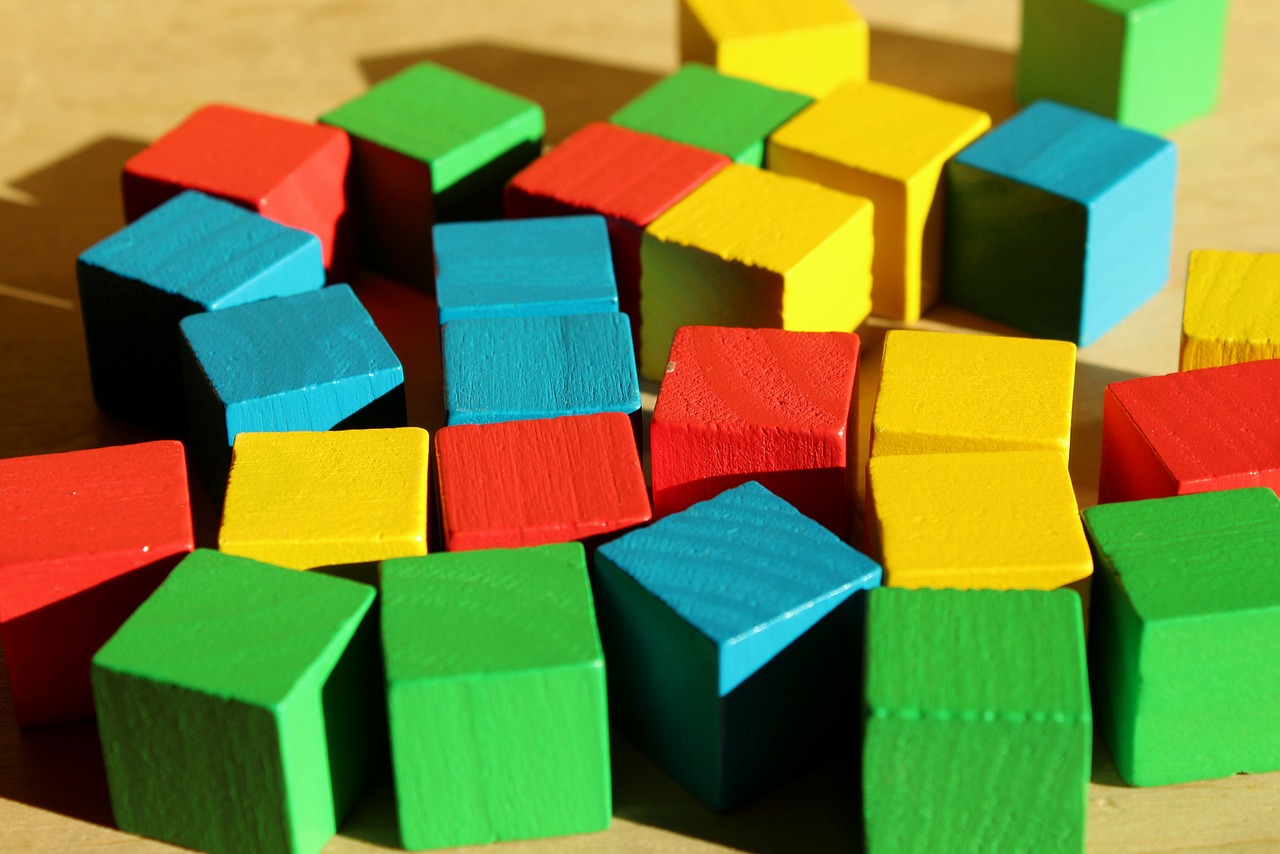
Understanding Creativity
Creativity is not just a buzzword thrown around in art circles; it's a multifaceted concept that involves a unique blend of imagination, innovation, and expression. Think of creativity as a vast ocean, with each wave representing different forms of artistic thought and inspiration. To truly tap into this ocean, artists must first understand what creativity means to them personally. It’s about breaking free from conventional thinking and allowing oneself to explore the depths of one’s imagination.
At its core, creativity is about thinking outside the box. It’s that spark of inspiration that leads to unexpected ideas and unique artistic expressions. For many artists, this means stepping away from rigid techniques and embracing a more fluid approach. This could involve mixing styles, experimenting with new materials, or even exploring different genres of art. By understanding that creativity can manifest in countless ways, artists can begin to unlock their full potential.
Moreover, understanding creativity involves recognizing the importance of play in the artistic process. Playfulness encourages experimentation, which can lead to surprising outcomes. When artists allow themselves to play with their ideas and techniques, they often discover new paths they never anticipated. It’s like being a child again, where the world is a canvas and the only limit is one’s imagination. This playful mindset can be the key to overcoming the fear of failure, which often stifles creativity.
Additionally, creativity is deeply influenced by an artist's experiences, emotions, and environment. For instance, consider how a rainy day can evoke feelings of melancholy, inspiring an artist to create a piece that captures that mood. Similarly, vibrant colors in nature can ignite feelings of joy, leading to a lively, colorful artwork. This interplay between an artist’s surroundings and their emotional landscape is crucial in understanding how to harness creativity effectively.
In summary, understanding creativity is about embracing the unknown, celebrating the journey of exploration, and recognizing the profound influence of personal experiences. Artists should strive to cultivate an environment that fosters creativity, whether through collaboration with others or by setting aside time for self-reflection and experimentation. By doing so, they can unlock new dimensions of their artistic capabilities and develop a unique style that resonates with their true self.
- What is creativity? Creativity is the ability to generate new ideas, solutions, or artistic expressions through imagination and innovation.
- How can I enhance my creativity in drawing? Engaging in various drawing techniques, seeking inspiration from nature and art history, and allowing yourself to play can significantly boost creativity.
- Why do I experience creative blocks? Creative blocks can arise from various factors, including stress, fear of failure, or a lack of inspiration. Identifying personal triggers can help in overcoming these blocks.
- What role does play have in creativity? Play encourages experimentation and spontaneity, allowing artists to explore new ideas without the fear of judgment or failure.
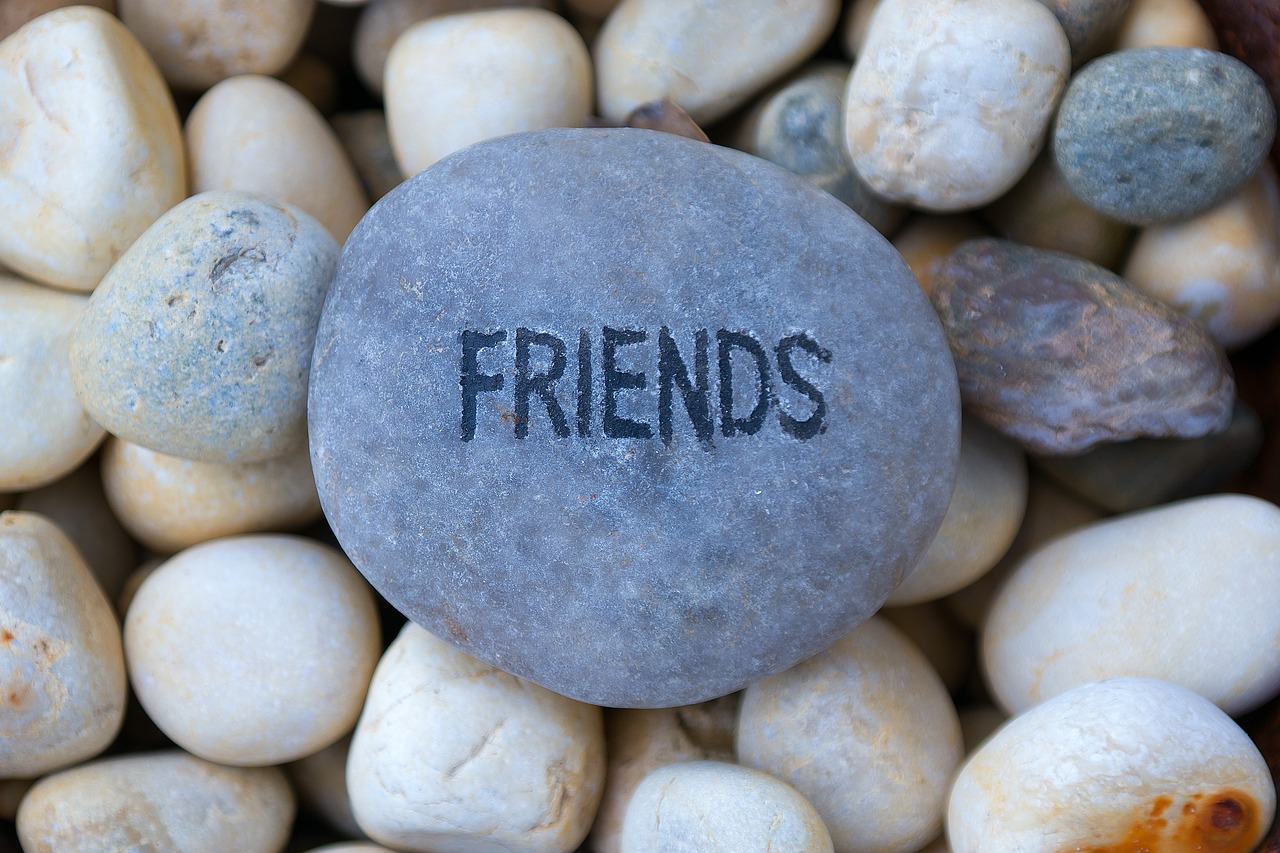
Inspiration Sources
Finding inspiration is crucial for enhancing creativity in your drawings. It's like searching for treasure; sometimes, it’s hidden in the most unexpected places! Artists can draw from a multitude of sources that ignite their imagination and fuel their creativity. Whether it’s the world around you, the art of the past, or your own personal experiences, inspiration can be found everywhere. Let's dive deeper into some of the most impactful sources of inspiration.
Nature is perhaps one of the most abundant sources of inspiration for artists. Imagine stepping outside and being enveloped by the vibrant colors of a sunset, the intricate patterns of leaves, or the majestic shapes of mountains. These elements can spark new ideas and help you develop unique drawing techniques. When you immerse yourself in nature, you’re not just observing; you’re experiencing a dynamic world that can breathe life into your artwork.
Learning to observe nature closely can significantly enhance your drawing skills. Techniques such as sketching outdoors or using reference images can improve your ability to capture details and essence. For instance, consider taking a sketchbook on a hike. As you sit quietly, you might notice the subtle shifts in light or the way shadows dance on the ground. Each moment can inspire a new drawing. Here are a few observation techniques to consider:
- Sketching on Location: Bring your sketchbook to a park or garden and draw what you see.
- Photo References: Take photos of interesting landscapes or textures and use them as references for your drawings.
- Mindful Observation: Spend time just observing without drawing; let your mind absorb the details.
Incorporating natural elements into your drawings can enhance creativity in ways you might not expect. Think of how the colors of a sunset can inspire a new palette for your artwork. Experimenting with the textures and forms found in nature can lead to innovative artistic expressions. For example, using natural materials like leaves or flowers in mixed media can add depth and a unique touch to your work. It’s all about pushing boundaries and letting nature guide your creativity!
Studying art history is another fantastic way to find inspiration. The masters of the past have paved the way for modern artists, and their works can provide valuable insights into different styles and techniques. By exploring the lives and works of artists like Van Gogh, Picasso, or Frida Kahlo, you can uncover a wealth of ideas and methods that resonate with your own artistic journey. Think of art history as a treasure trove; each piece you discover can unlock a new door to your creative potential.
In conclusion, inspiration is everywhere if you know where to look. By engaging with nature and art history, you can cultivate a rich source of ideas that will enhance your creativity and help you develop a unique style. So, the next time you feel a creative block, remember to step outside or delve into the past. You might just find the spark you need to ignite your artistic journey!
Q: How can I find inspiration if I feel stuck?
A: Try changing your environment! Go for a walk in nature, visit a museum, or even rearrange your workspace. New surroundings can help stimulate your creativity.
Q: Should I limit my sources of inspiration?
A: Not at all! Explore as many sources as you can. The more diverse your inspirations, the richer your artwork will become.
Q: How often should I practice drawing to enhance creativity?
A: Consistency is key. Aim to draw regularly, even if it’s just for a few minutes a day. This practice will help keep your creative juices flowing!
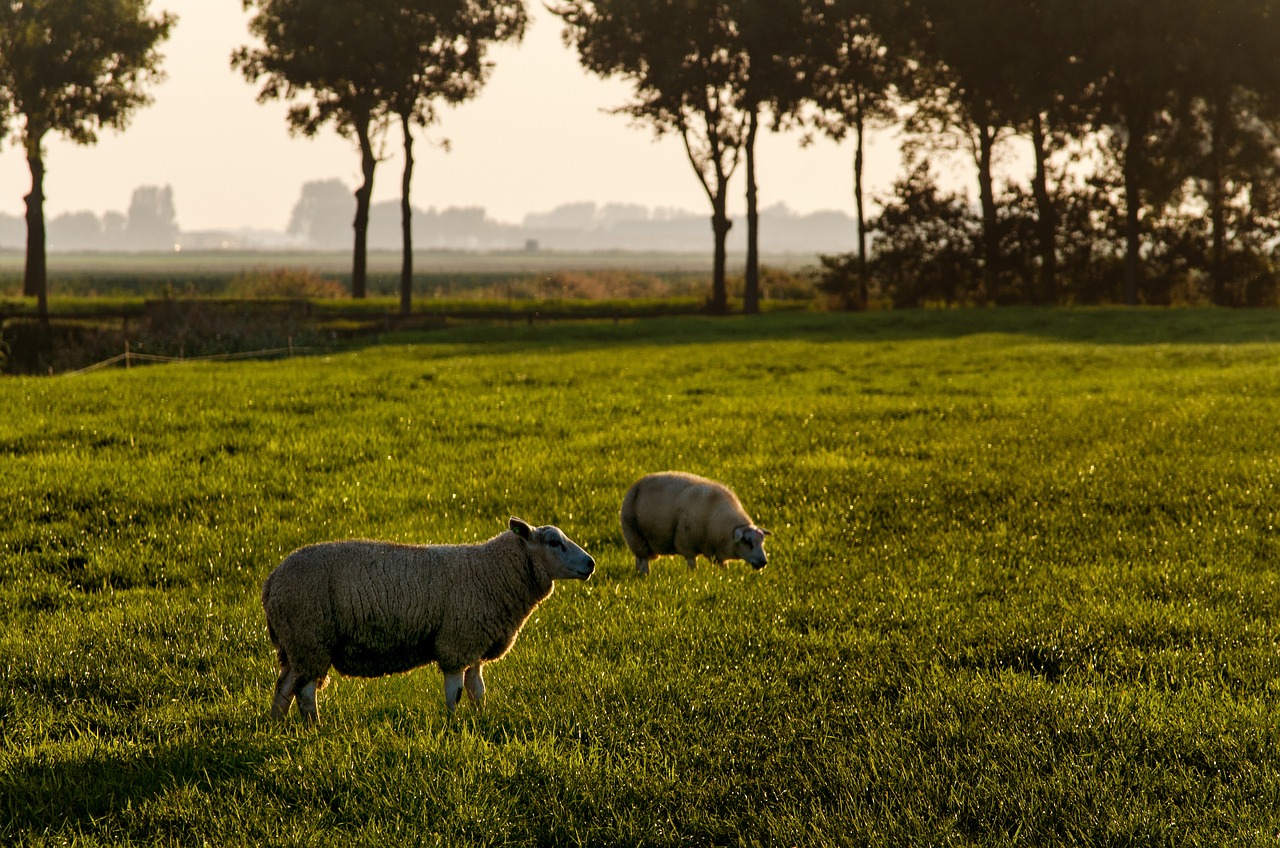
Nature as Inspiration
When it comes to finding inspiration, few sources can rival the beauty and complexity of nature. Imagine stepping outside and being enveloped by the vibrant hues of a sunset, the intricate patterns of a leaf, or the rhythmic dance of waves crashing against the shore. Nature is a treasure trove of visual stimuli that can ignite your creativity and breathe life into your drawings. Each element in the natural world tells a story, waiting for an artist to interpret it through their unique lens.
One of the most compelling aspects of nature is its diversity. From the majestic mountains to the delicate petals of a flower, every scene offers a new opportunity for artistic exploration. You might find yourself captivated by the way light filters through the branches of a tree or the subtle gradations of color in a sunset. These details can serve as a springboard for your imagination, allowing you to create works that resonate with authenticity and emotion.
To truly harness the inspiration that nature provides, consider the following techniques:
- Observation: Spend time outdoors, observing your surroundings. Take note of colors, shapes, and textures that catch your eye. This practice will enhance your ability to capture the essence of what you see.
- Sketching: Bring a sketchbook on your nature walks. Quick sketches can help you grasp the forms and proportions of various elements, serving as reference points for future drawings.
- Photography: If you're unable to draw on-site, take photos of interesting scenes. These images can be a valuable resource when you're back at your drawing table.
Incorporating elements of nature into your artwork can significantly enhance your creativity. For example, consider how you might experiment with the colors found in a forest—rich greens, earthy browns, and vibrant pops of color from flowers. You can also play with textures by mimicking the roughness of tree bark or the smoothness of a river stone in your drawings. By embracing these natural elements, you can develop a unique artistic style that reflects both your personal vision and the beauty of the world around you.
Ultimately, nature serves not just as a backdrop for artistic expression, but as a living, breathing canvas that invites you to explore, experiment, and express your creativity. So the next time you feel stuck or uninspired, step outside, breathe in the fresh air, and let the wonders of the natural world inspire your next masterpiece.
Q1: How can I find inspiration in nature if I live in a city?
A1: Even urban environments have parks, gardens, and waterfronts that can provide a connection to nature. Look for local botanical gardens or nature reserves, or simply take a walk in your neighborhood and observe the plants, animals, and landscapes around you.
Q2: What if I don't feel skilled enough to draw what I see in nature?
A2: Remember that drawing is a skill that improves with practice. Focus on capturing the essence of what you see rather than striving for perfection. Allow yourself to experiment and make mistakes; this is where growth happens!
Q3: Can I use photographs of nature as a source of inspiration?
A3: Absolutely! Photographs can serve as excellent references. Just ensure you add your personal touch to your artwork, transforming the reference into your unique interpretation.
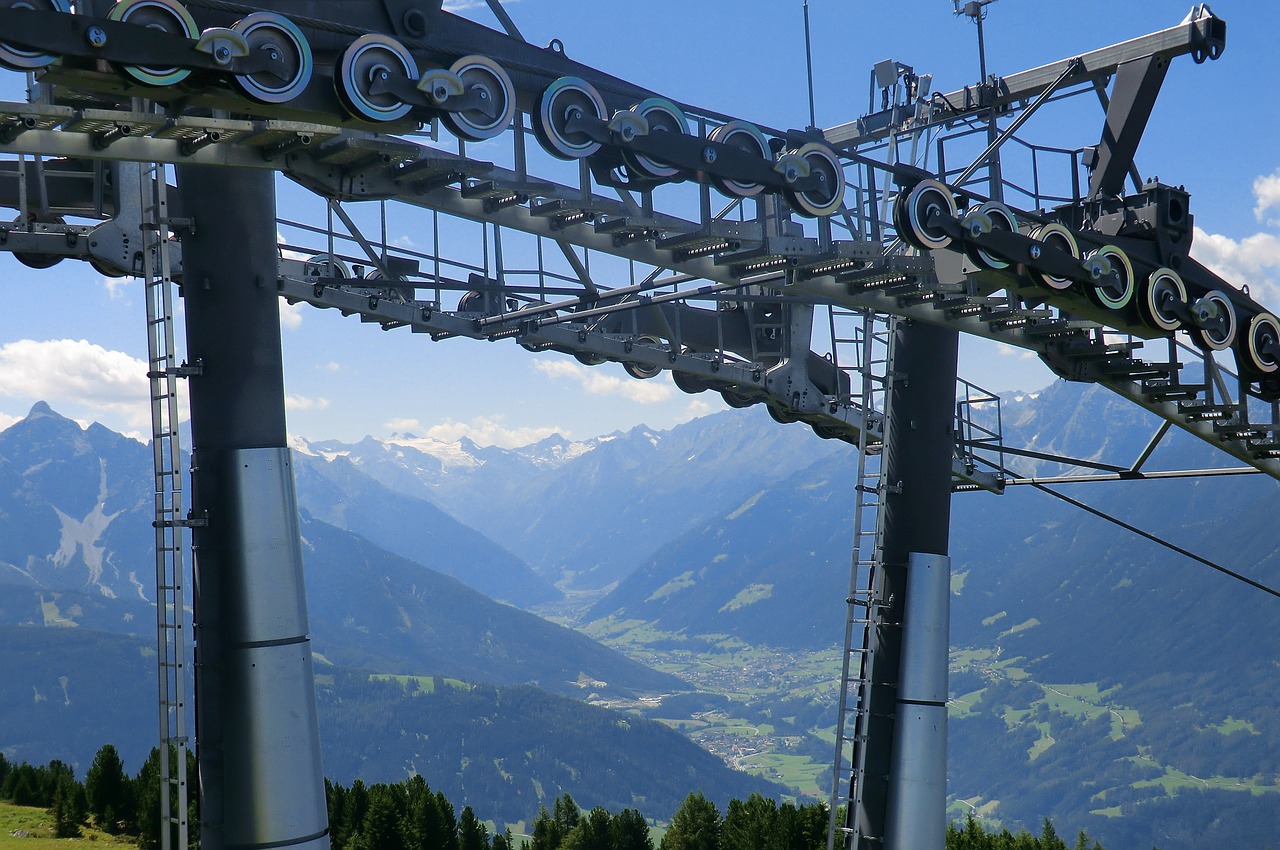
Observation Techniques
Observation is the cornerstone of drawing, and honing this skill can dramatically elevate your artistic abilities. When you step outside and take a moment to really look at the world around you, you’ll discover a treasure trove of details that often go unnoticed. It's like being given a pair of magical glasses that reveal the hidden beauty in everyday objects, from the intricate patterns on a leaf to the way light dances on water. So, how can you enhance your observation techniques to improve your drawings?
First, consider the practice of sketching outdoors. Grab your sketchbook and head to a park, your backyard, or even a bustling café. The key here is to draw quickly and capture the essence of what you see rather than getting bogged down in details. This method encourages you to focus on shapes, proportions, and relationships between objects. You might find that the more you sketch, the more you begin to notice subtle variations in form and color that can add depth to your work.
Another effective technique is to use reference images. Whether it’s photos you’ve taken yourself or images found online, references can serve as a powerful tool for improving your observational skills. Try to analyze these images critically: What are the light sources? How do shadows fall? What textures are present? By dissecting these elements, you can learn to replicate them in your drawings, making your work more lifelike.
Additionally, practice mindful observation. This involves slowing down and being fully present in the moment. Instead of rushing through your drawing process, take time to study your subject. Ask yourself questions like: What colors do I see? How does the light affect the appearance of the object? This level of engagement can ignite your creativity and lead to unexpected artistic breakthroughs.
Lastly, consider keeping a visual journal. Documenting your observations can be a wonderful way to track your growth as an artist. You can include sketches, notes, and even clippings from magazines or nature. This journal becomes a personal archive of your artistic journey and serves as a source of inspiration when you hit a creative slump.
In summary, refining your observation techniques requires practice, patience, and a willingness to see the world through an artist's eyes. By sketching outdoors, analyzing reference images, practicing mindful observation, and maintaining a visual journal, you can significantly enhance your drawing skills and unlock new levels of creativity.
- How can I improve my observation skills quickly? Start by sketching daily, focusing on different subjects each time. This will train your eye to notice details.
- What should I include in my visual journal? You can include sketches, color swatches, notes on techniques, inspirational quotes, and anything that sparks your creativity.
- Are reference images necessary for drawing? While not mandatory, reference images can greatly aid in understanding proportions, colors, and light, making your drawings more accurate.

Incorporating Elements of Nature
When it comes to enhancing your creativity in drawing, nature is a treasure trove of inspiration just waiting to be explored. By into your artwork, you can unlock new dimensions of creativity that you might not have thought possible. Imagine the vibrant colors of a sunset, the intricate patterns of leaves, or the delicate forms of flowers—all these elements can serve as a springboard for your artistic expression.
One of the most exciting aspects of drawing from nature is the opportunity to experiment with textures, colors, and shapes. For instance, the rough bark of a tree can inspire you to create unique textural effects in your drawings. Similarly, the subtle gradients found in a flower petal can teach you valuable lessons about color blending and shading techniques. By observing these natural elements closely, you can develop a keen eye for detail that will elevate your artistic skills.
To truly harness the beauty of nature in your drawings, consider the following approaches:
- Color Experimentation: Take a moment to analyze the color palette found in a natural setting. Whether it's the deep greens of a forest or the soft pastels of a sunset, try to replicate these hues in your artwork. Don't hesitate to mix colors to create your own unique shades!
- Textural Techniques: Use different drawing tools to capture the textures you see in nature. For example, try using a rough pencil for sketching bark or a soft brush for painting clouds.
- Form Exploration: Nature is full of interesting forms—from the spirals of a seashell to the angularity of a mountain range. Challenge yourself to depict these forms in your drawings, experimenting with perspective and composition.
Incorporating elements of nature doesn't just enhance your drawings; it also deepens your connection to the environment. Each time you step outside with your sketchbook, you're not just drawing; you're engaging in a dialogue with the world around you. This relationship can lead to a more profound understanding of your subject matter and inspire you to create art that resonates not only with you but also with others.
So, the next time you feel your creativity waning, grab your sketchbook and venture into the great outdoors. Let nature be your muse, and watch as your drawings transform into vibrant expressions of the world around you. Remember, the key to unlocking your creativity lies in being open to the endless possibilities that nature has to offer.
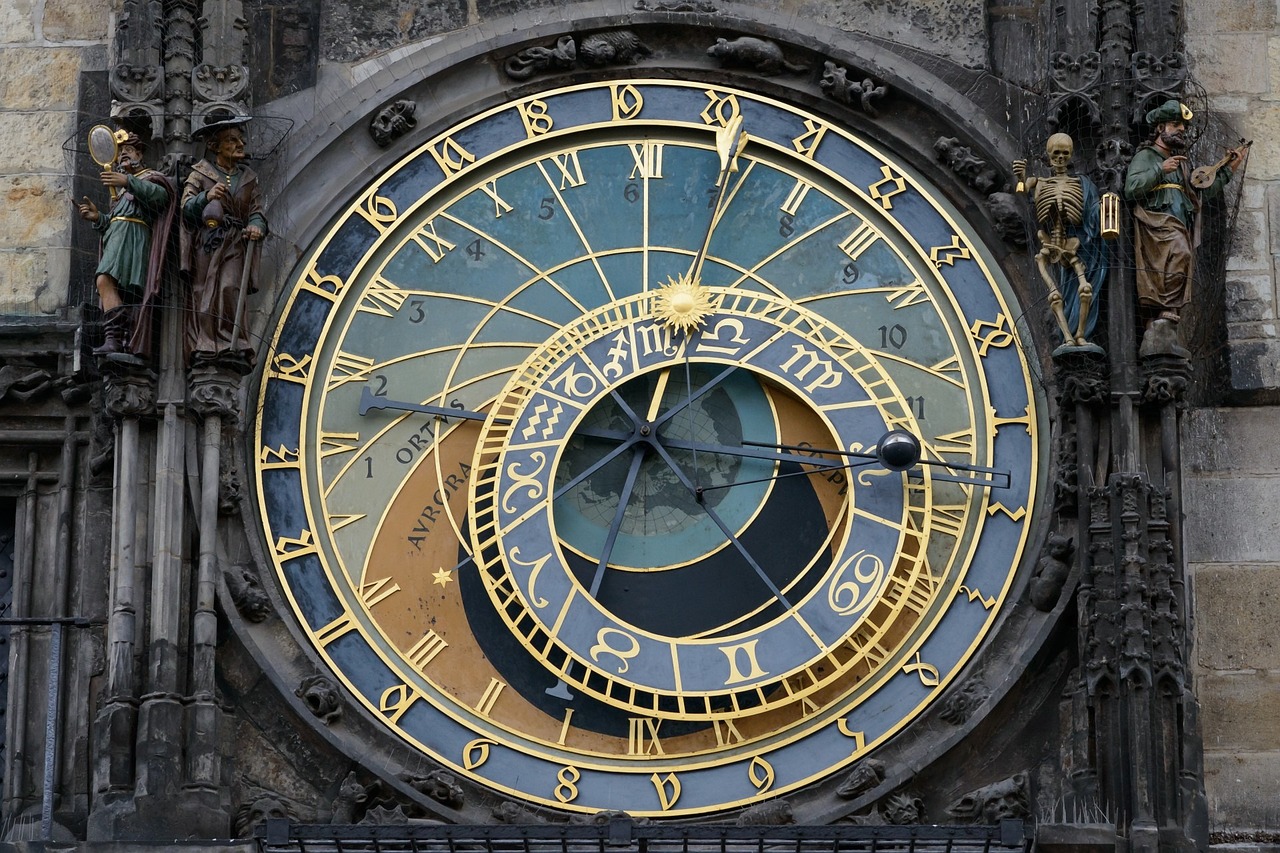
Art History Influence
Art history is a treasure trove of inspiration that can significantly enhance your drawing skills and creativity. By studying the works of great artists from various eras, you can uncover a wealth of techniques, styles, and philosophies that can inform your own artistic journey. Have you ever wondered how the bold colors of Van Gogh or the intricate details of a Renaissance painting can influence your own drawings? Understanding the context and techniques behind these masterpieces can unlock new dimensions in your creative expression.
One of the most profound ways to draw inspiration from art history is to analyze the styles and movements that have shaped the art world. Each movement reflects a unique response to the cultural and social issues of its time, offering insights into how artists have navigated their creative landscapes. For instance, the Impressionists broke away from traditional methods to capture fleeting moments and the effects of light, while the Surrealists delved into the subconscious to create dreamlike imagery. By studying these movements, you can find elements that resonate with your personal style and incorporate them into your work.
Additionally, it’s important to consider the techniques employed by historical artists. For example, the use of perspective pioneered during the Renaissance can be applied to your own drawings to create depth and realism. Similarly, the layering techniques used by artists like Rembrandt can enhance the richness of your work. By experimenting with these methods, you not only pay homage to the past but also develop a unique voice that bridges traditional and contemporary practices.
As you explore art history, consider keeping a visual journal where you can document your findings. This journal can include sketches inspired by historical works, notes on techniques you wish to try, and reflections on how these influences shape your artistic identity. Here’s a simple table to help you organize your thoughts:
| Artist | Movement | Technique | Personal Reflection |
|---|---|---|---|
| Vincent Van Gogh | Post-Impressionism | Bold color application | How can I use color to express emotion? |
| Pablo Picasso | Cubism | Geometric shapes | What new perspectives can I explore in my work? |
| Frida Kahlo | Surrealism | Symbolism | How can I incorporate personal symbolism into my art? |
In summary, art history is not just about looking back; it's about using the past as a springboard for your creativity. By understanding the influences of various artists and movements, you can enrich your own practice and develop a style that is distinctly yours. So next time you pick up a pencil or brush, think about the artists who came before you and how their journeys can inspire your own.
- How can I start studying art history? Begin by exploring books, documentaries, and online courses that cover different art movements and key artists.
- What if I don't like traditional art? That's okay! Art history includes a wide range of styles, including modern and contemporary art. Find what resonates with you.
- Can studying art history really improve my drawing skills? Absolutely! Understanding techniques and styles can provide you with new tools and perspectives to enhance your creativity.

Practicing Different Techniques
When it comes to boosting creativity in your drawings, practicing different techniques is like adding spices to a dish; it enhances the flavor and makes the experience richer. There’s a world of methods out there just waiting for you to dive in. By exploring various drawing techniques, you not only expand your artistic horizons but also discover new ways to express yourself. Think of it as a treasure hunt—each technique is a clue that leads you closer to your unique artistic voice.
One of the most liberating ways to practice is through free drawing. This technique encourages spontaneity and allows your imagination to flow without constraints. Imagine being a child again, where the only rule was to have fun. Free drawing exercises can take many forms, whether it’s doodling while on a call or sketching whatever comes to mind in your sketchbook. The goal here is to let go of perfectionism and embrace the messiness of creativity. It’s all about the process, not the product!
Another exciting avenue to explore is mixed media. This technique involves combining different materials—like ink, watercolor, and collage—to create something entirely new. Mixing media can lead to unexpected results, often sparking inspiration for your next masterpiece. For instance, you might start with a pencil sketch, then layer it with watercolor, and finish with some bold ink outlines. The possibilities are endless! This approach not only enhances creativity but also allows you to experiment with textures and colors that you might not typically use.
Moreover, don’t overlook the power of digital art. In today’s tech-savvy world, digital tools can open up a whole new realm of creativity. Whether you’re using a tablet or software like Adobe Photoshop, digital art allows for easy experimentation without the fear of wasting materials. You can try out different styles, colors, and techniques with just a few clicks. Plus, the ability to undo mistakes can be a huge relief for artists who tend to be perfectionists.
As you delve into these various techniques, it’s essential to keep a creative journal. Documenting your experiences can provide insights into what works best for you and what doesn’t. This journal can include sketches, thoughts, and even photos of your mixed media projects. Over time, you’ll be able to look back and see how far you’ve come, which can be incredibly motivating.
In conclusion, practicing different techniques is not just about improving your skills; it’s about discovering what resonates with you as an artist. Embrace the chaos of free drawing, the excitement of mixed media, and the innovation of digital art. Remember, each technique you explore is a stepping stone on your artistic journey, leading you closer to your unique style. So, grab your tools, unleash your creativity, and let your imagination run wild!
- What is free drawing? Free drawing is a spontaneous technique where artists draw without worrying about the outcome. It encourages creativity and exploration.
- How can mixed media enhance my artwork? Mixed media allows you to combine different materials and techniques, leading to unique textures and effects that can inspire new ideas.
- Is digital art a good way to practice drawing? Absolutely! Digital art offers flexibility and ease of experimentation, making it a great tool for artists of all levels.
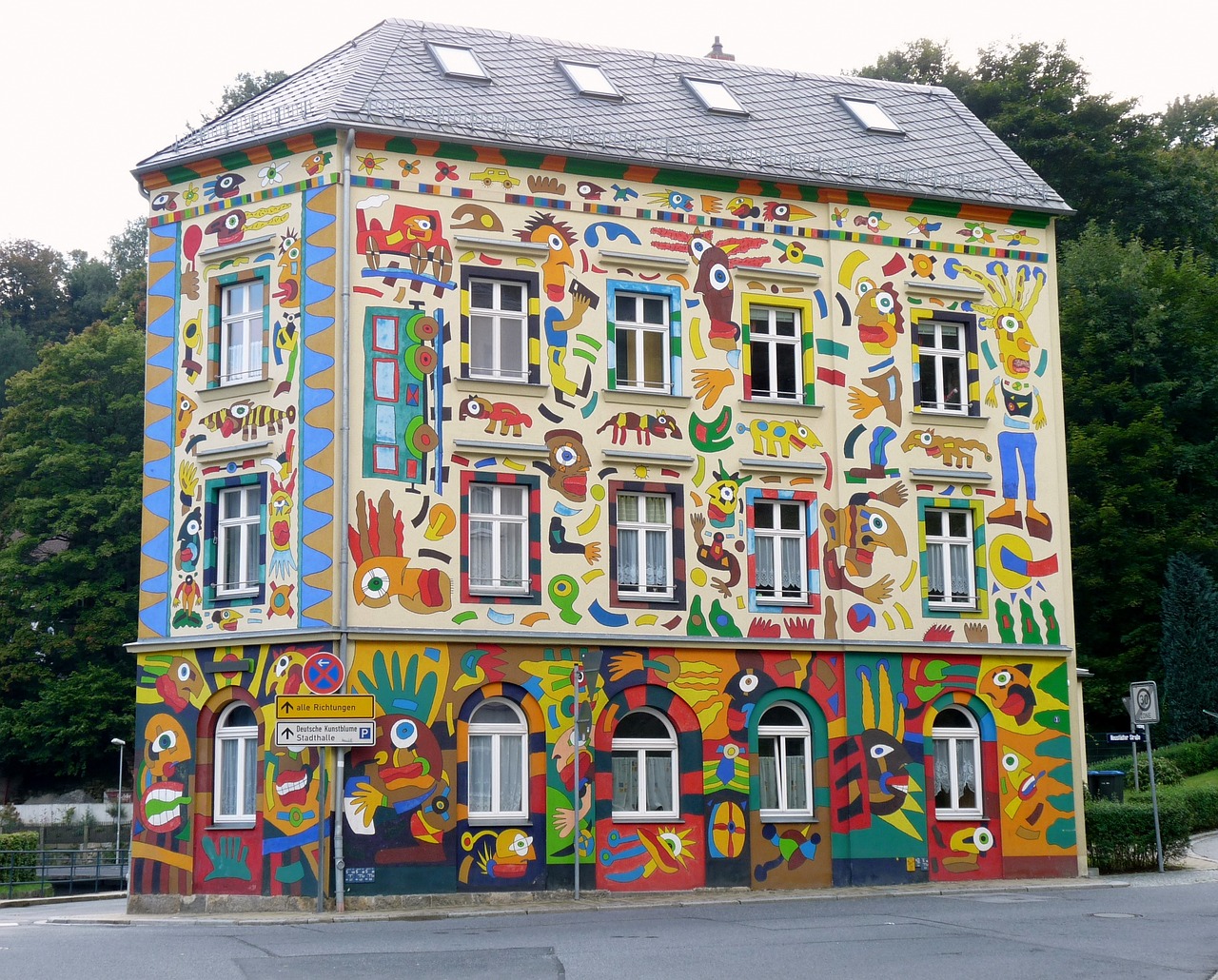
Free Drawing Exercises
Engaging in is a fantastic way to unleash your creativity and explore your artistic potential. These exercises are all about spontaneity and allowing your hand to move freely across the page without the constraints of perfectionism. Think of it like a warm-up for your brain and hands, where you can let go of judgment and just enjoy the process of drawing. Imagine a child doodling on a piece of paper, completely absorbed in the moment—that's the spirit you want to capture!
One effective exercise is to set a timer for a short duration, say 5 to 10 minutes, and draw whatever comes to mind. This could be anything from abstract shapes to a quick sketch of an object in your room. The key is to keep your pencil moving and not overthink your strokes. You might even surprise yourself with what you create in such a short time! This exercise not only boosts your confidence but also helps you discover new styles and techniques.
Another fun approach is to incorporate random prompts into your free drawing sessions. You can create a list of prompts and draw one at random each time you sit down to draw. Here are a few examples to get you started:
- Draw your favorite animal in a whimsical style.
- Create a landscape from your imagination.
- Sketch a character from your favorite book or movie.
- Combine two unrelated objects into one drawing.
These prompts can challenge you to think outside the box and push the boundaries of your creativity. You might find that drawing something unexpected leads to new ideas and directions in your artwork. Don't be afraid to experiment with different tools and materials during these exercises as well. Try using charcoal, ink, or even digital tools to see how they affect your drawing style.
Lastly, consider joining a drawing group or community where you can share your free drawings and receive feedback. This collaborative environment can be incredibly inspiring and motivating. Plus, seeing how others approach the same exercise can open your eyes to new techniques and perspectives. Remember, the goal of free drawing is to enjoy the process and let your creativity flow, so embrace every stroke and have fun!
Q: How often should I practice free drawing exercises?
A: It's beneficial to practice regularly—aim for at least a few times a week. The more you draw, the more you'll improve!
Q: Do I need special materials for free drawing?
A: Not at all! You can use any materials you have on hand, whether it's a simple pencil and paper or more advanced tools like markers and digital tablets.
Q: What if I feel stuck or uninspired during free drawing?
A: Try switching up your environment, listening to music, or using prompts to spark your creativity. Sometimes a change of scenery can do wonders!
Q: Can free drawing help me improve my technical skills?
A: Absolutely! While free drawing focuses on creativity, it also encourages you to practice and refine your skills without the pressure of a final product.

Mixed Media Exploration
Exploring mixed media is like embarking on an artistic adventure where the only limit is your imagination. By combining different materials and techniques, artists can create pieces that are not only visually striking but also rich in texture and depth. Imagine layering charcoal with watercolor, or using collage elements alongside traditional drawing methods. This fusion of techniques allows for a unique expression that can breathe new life into your artwork.
One of the most exciting aspects of mixed media is the element of surprise it brings. When you work with various materials—such as acrylics, pastels, or even found objects—you may discover unexpected results that inspire new directions in your art. For instance, you might apply a wash of ink over a pencil sketch, only to find that the interplay of colors and textures creates a stunning visual effect that you hadn’t anticipated. This unpredictability can be incredibly liberating for an artist, encouraging experimentation and pushing creative boundaries.
To get started with mixed media, consider gathering a variety of supplies. Here’s a simple checklist to help you explore:
- Acrylic paints
- Watercolors
- Charcoal or graphite pencils
- Collage materials (magazines, fabric, etc.)
- Markers or gel pens
- Textured paper or canvas
Once you have your materials ready, let your creativity flow! Start by choosing a theme or subject for your piece. You might want to create a landscape, a portrait, or an abstract composition. Begin with a base layer using one medium, and then gradually add elements from your other materials. Don't hesitate to experiment with layering techniques, as this can add depth and interest to your artwork.
Another great way to enhance your mixed media pieces is by incorporating personal elements. Consider adding photographs, handwritten notes, or even small objects that hold meaning for you. This not only makes your artwork unique but also creates a personal connection to the piece, inviting viewers to engage with your story.
As you explore mixed media, remember that there are no strict rules. The beauty of this approach lies in its flexibility and the freedom it offers. Allow yourself to make mistakes, as they can lead to unexpected breakthroughs. Embrace the chaos of creativity and let it guide you to new artistic horizons!
Q: What is mixed media art?
A: Mixed media art involves combining different artistic materials and techniques in a single artwork. This can include using paints, inks, paper, fabric, and found objects, allowing for a diverse range of textures and visual effects.
Q: Do I need special skills to create mixed media art?
A: Not at all! Mixed media art is accessible to everyone, regardless of skill level. It encourages experimentation and creativity, making it a perfect choice for artists of all backgrounds.
Q: How can I find inspiration for mixed media projects?
A: Inspiration can come from anywhere! Look at nature, your daily surroundings, or even other artists' work. You can also explore themes that resonate with you personally, which will make your artwork even more meaningful.
Q: Can I combine digital elements with traditional mixed media?
A: Absolutely! Many artists now incorporate digital design, photography, or graphic elements into their mixed media pieces. This blend can create a fascinating contrast and broaden your creative possibilities.
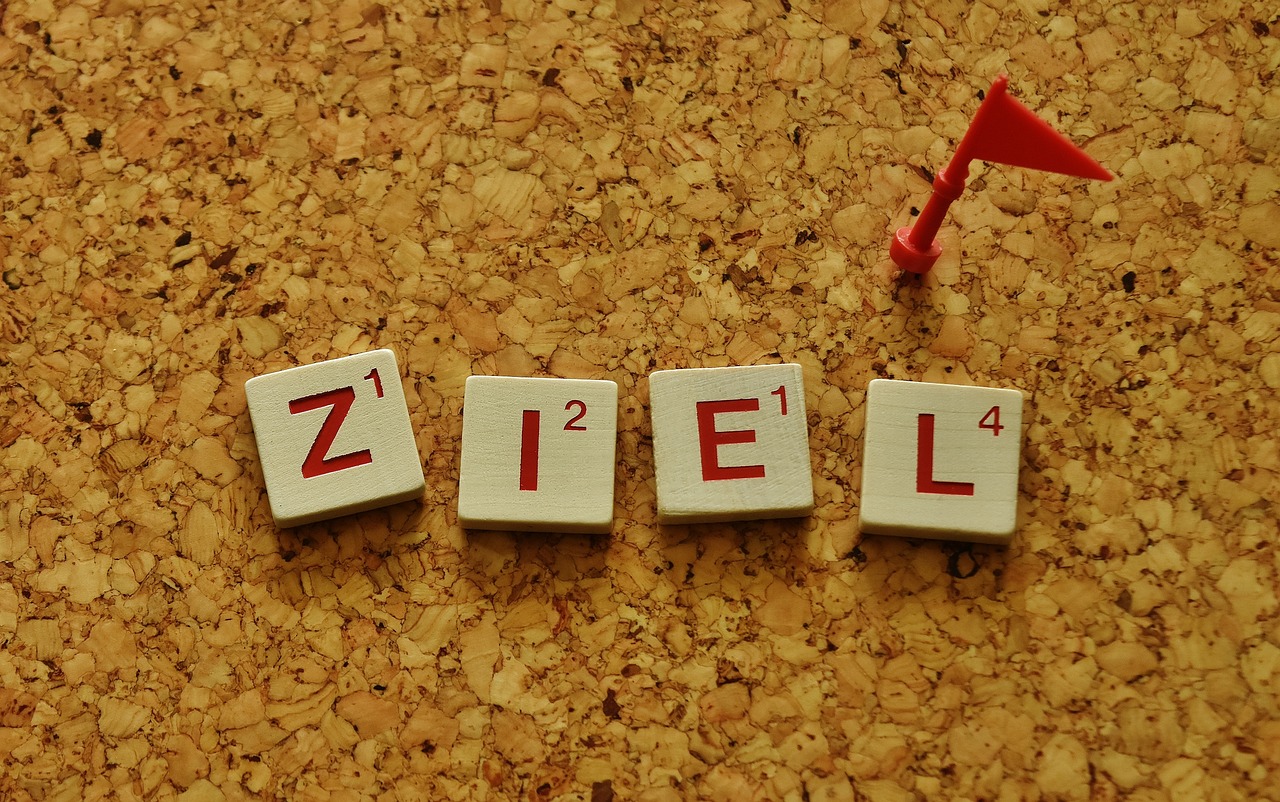
Setting Creative Goals
Setting creative goals is like charting a course on a map; it gives you direction and purpose in your artistic journey. Just as a ship needs a destination to navigate the open seas, artists require clear objectives to guide their creative endeavors. Whether you are a seasoned artist or just starting, establishing goals can significantly enhance your focus and motivation. But how do you go about it? Well, let’s break it down.
First, it’s essential to understand the difference between short-term and long-term goals. Short-term goals are the stepping stones that lead you toward your larger aspirations. For instance, you might set a goal to complete one drawing each week or experiment with a new technique every month. These smaller, manageable objectives keep you engaged and provide a sense of accomplishment as you tick them off your list.
On the other hand, long-term goals are your ultimate destinations. They could include aspirations like developing a unique artistic style, showcasing your work in a gallery, or even publishing a book of your drawings. By having these larger goals in mind, you can align your short-term objectives to ensure they contribute to your overall vision.
To help you visualize your goals, consider creating a table that outlines both short-term and long-term objectives. Here’s a sample structure:
| Goal Type | Description | Timeline |
|---|---|---|
| Short-term | Complete one drawing each week | Weekly |
| Short-term | Experiment with a new medium | Monthly |
| Long-term | Develop a unique artistic style | 1 Year |
| Long-term | Showcase work in a local gallery | 2 Years |
Moreover, tracking your progress is crucial. By regularly reviewing your goals, you can celebrate your successes and identify areas for improvement. This practice not only keeps you accountable but also encourages reflection on your artistic growth. Consider keeping a journal where you jot down your achievements and any challenges you face along the way.
Ultimately, the key to setting creative goals is to ensure they are achievable and inspiring. Goals should challenge you without overwhelming you. Think of them as a gentle push rather than a rigid structure. Allow flexibility in your plans, as creativity often flourishes in unexpected ways. Remember, the journey of an artist is not just about the destination; it’s about the experiences and discoveries made along the way.
- What are creative goals? Creative goals are specific objectives that guide an artist's work and development, helping them focus and grow in their craft.
- How do I set achievable creative goals? Start by identifying what you want to achieve, break it down into smaller steps, and ensure that each goal is realistic and time-bound.
- Why is tracking progress important? Tracking progress helps you stay motivated, recognize your achievements, and adjust your goals as needed for continuous growth.
- Can I change my goals? Absolutely! Creativity is fluid, and adjusting your goals based on your evolving interests and experiences is not only acceptable but encouraged.
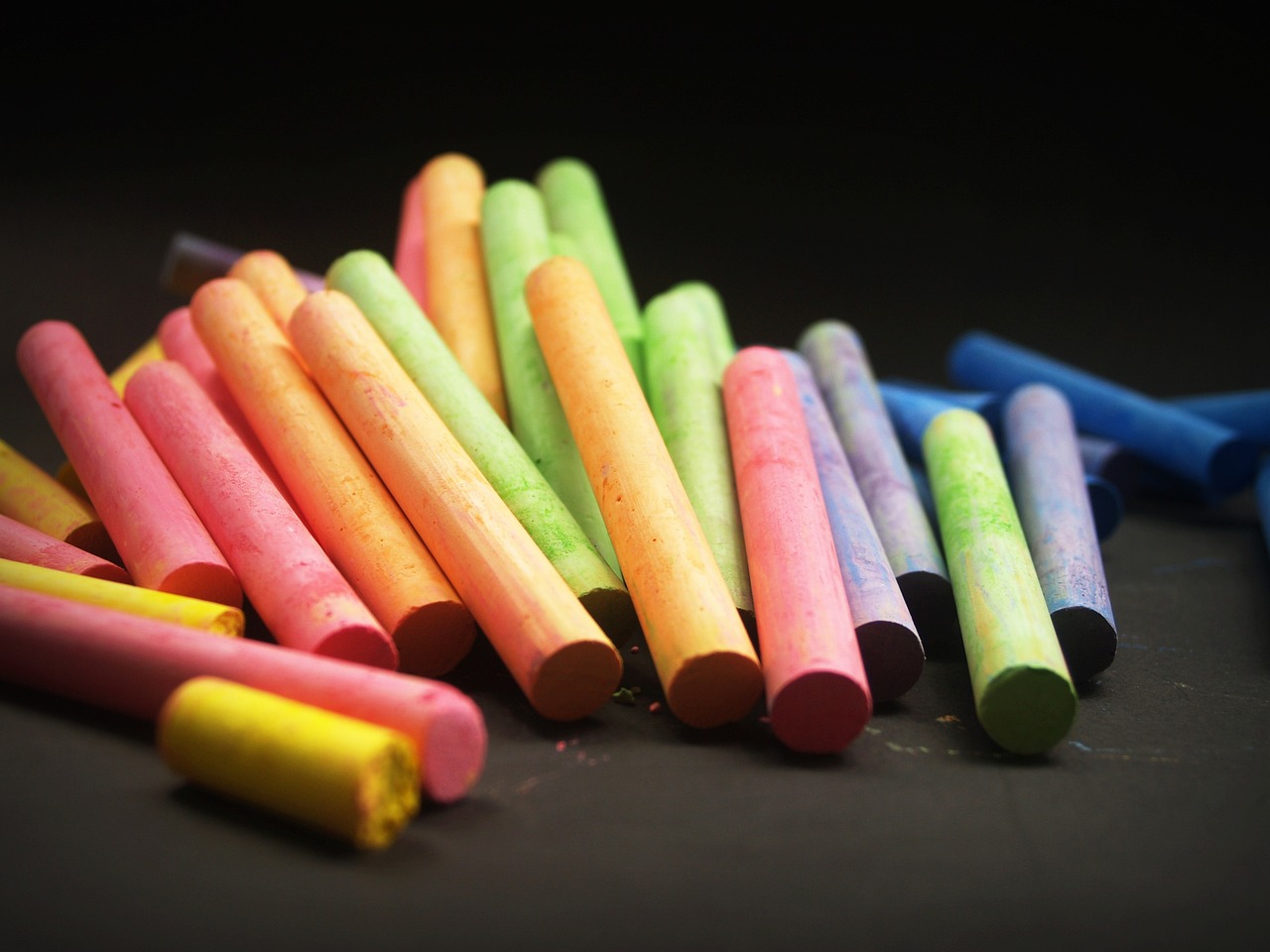
Short-term vs. Long-term Goals
When it comes to enhancing creativity in your drawings, understanding the difference between short-term and long-term goals is absolutely essential. Think of short-term goals as the stepping stones that lead you to your bigger aspirations. They are like the daily exercises that build your muscles, while long-term goals represent the grand vision of your artistic journey. For instance, a short-term goal could be to practice drawing for 30 minutes each day, while a long-term goal might be to develop a unique artistic style over the next year.
Setting short-term goals can provide immediate motivation and a sense of accomplishment. These goals are often specific, measurable, and achievable within a short timeframe. They might include:
- Completing a drawing every week
- Experimenting with a new medium each month
- Attending a local art workshop
On the other hand, long-term goals are more about the bigger picture. They guide your artistic direction and help you stay focused on what you truly want to achieve. These goals require patience and persistence, as they often span months or even years. Examples of long-term goals could be:
- Creating a portfolio for a gallery exhibition
- Developing a personal brand as an artist
- Mastering a specific drawing technique by the end of the year
By balancing both types of goals, you can create a more structured approach to your artistic development. Short-term goals keep you engaged and excited about your progress, while long-term goals remind you of your ultimate ambitions. It's like navigating a ship; short-term goals are the small adjustments you make to stay on course, while long-term goals are the destination you aim for.
Moreover, regularly revisiting and adjusting these goals is crucial. As you evolve as an artist, your aspirations may change. Keeping track of your progress and reflecting on your experiences can help you refine your goals and ensure they align with your growing skills and interests.
So, whether you're sketching a quick doodle today or dreaming of showcasing your work in a prestigious gallery someday, remember that both short-term and long-term goals are vital to your creative journey. They not only help you stay focused but also enhance your overall artistic experience.
Q: Why are short-term goals important for artists?
A: Short-term goals provide immediate motivation and help artists maintain a consistent practice, leading to gradual improvement.
Q: How often should I reassess my long-term goals?
A: It’s beneficial to reassess your long-term goals every few months to ensure they still align with your evolving artistic vision.
Q: Can I have multiple short-term and long-term goals at once?
A: Absolutely! Having a mix of goals can keep your artistic practice dynamic and engaging.

Tracking Progress
Tracking your progress as an artist is like keeping a map of your creative journey. It allows you to see where you've been, where you are now, and where you want to go. By regularly reflecting on your work, you can identify patterns, strengths, and areas for improvement. This practice not only fosters a sense of accomplishment but also keeps you motivated to continue pushing the boundaries of your creativity.
One effective way to track your progress is to maintain an art journal. This journal can serve as a visual diary where you document your drawings, techniques, and ideas. You might include sketches, color swatches, or even snippets of inspiration that strike you throughout your day. By flipping through the pages of your journal, you can witness your evolution as an artist, which can be incredibly empowering.
Additionally, consider setting specific milestones that you can measure against. For instance, you could aim to complete a certain number of drawings each month or experiment with a new technique every week. These milestones can be both short-term and long-term, providing a balanced approach to your artistic development. Here’s a simple table to illustrate how you might structure your goals:
| Goal Type | Description | Deadline |
|---|---|---|
| Short-term | Complete 10 sketches based on nature themes. | End of the month |
| Long-term | Create a series of mixed media pieces for an exhibition. | Six months from now |
Regularly reviewing your progress not only highlights your achievements but also encourages you to reassess your goals. Are they still relevant? Do they inspire you? This reflection can lead to adjustments that keep your artistic practice fresh and engaging. Remember, tracking progress is not just about checking off completed tasks; it's about embracing the journey and celebrating your growth as an artist.
- Why is tracking progress important for artists? Tracking progress helps artists recognize their growth, stay motivated, and identify areas for improvement.
- How often should I track my progress? It’s beneficial to track your progress regularly, whether weekly or monthly, depending on your personal preference and goals.
- What should I include in my art journal? You can include sketches, color palettes, inspirational quotes, and reflections on your artistic journey.
- Can tracking progress help overcome creative blocks? Yes! By seeing how far you've come, you can reignite your passion and creativity, making it easier to push through blocks.
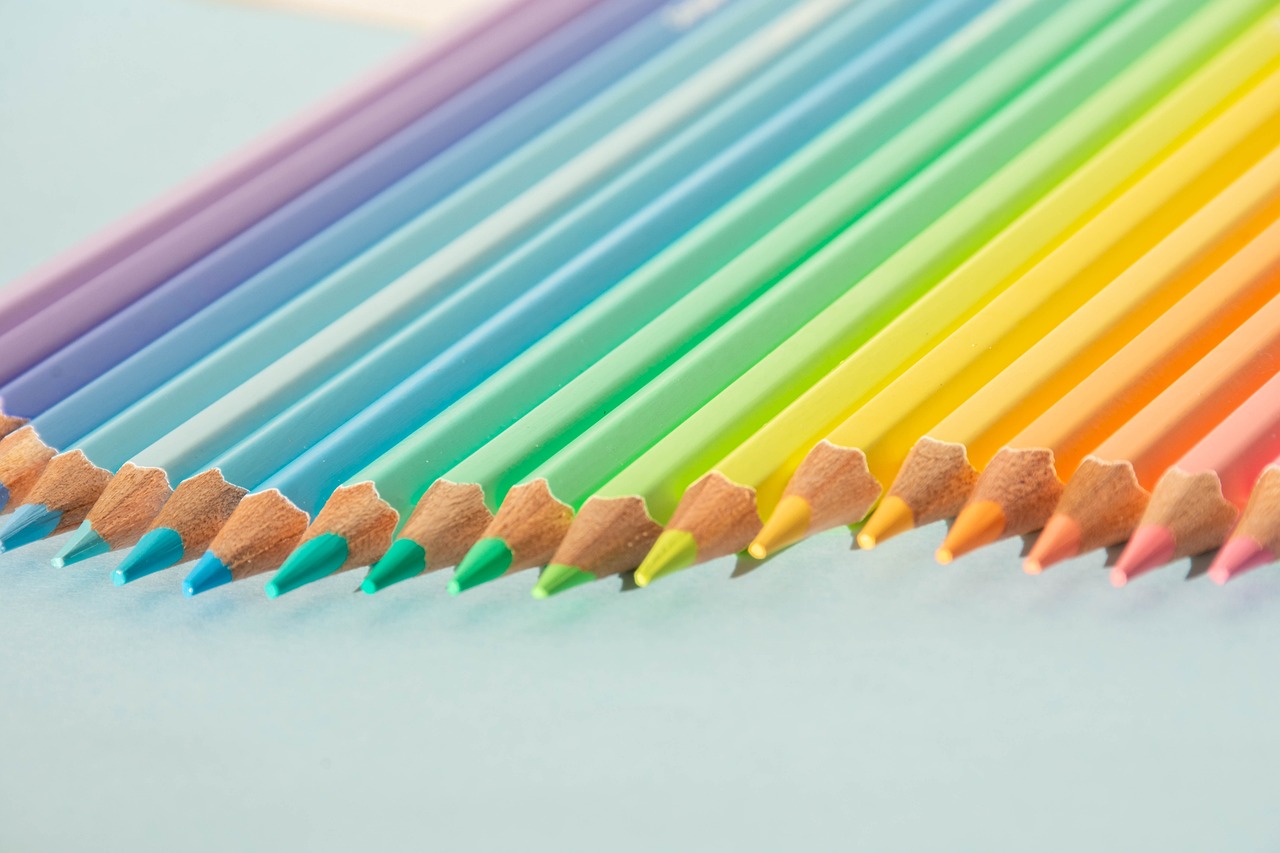
Overcoming Creative Blocks
Every artist, at some point in their journey, faces the dreaded creative block. It’s like hitting a brick wall when you’re full of ideas, and suddenly, nothing flows. It can be frustrating, disheartening, and sometimes, it feels as if you’ve lost your artistic mojo altogether. But fear not! The good news is that there are effective strategies to overcome these blocks and reignite your creative spark.
First, let’s talk about identifying your triggers. Understanding what causes your creative blocks is the first step towards overcoming them. It could be anything from stress, fear of failure, or even external pressures. By recognizing these triggers, you can take proactive steps to address them. For instance, if you notice that you struggle to create when you’re overwhelmed with deadlines, it might be time to reassess your schedule and set more manageable goals.
Next, consider implementing some techniques to break through those blocks. Here are a few strategies that can help:
- Brainstorming: Set a timer for 10 minutes and write down every idea that comes to mind, no matter how silly it seems. This free flow of thoughts can help shake off the cobwebs and lead to unexpected inspiration.
- Change Your Environment: Sometimes, a simple change of scenery can do wonders. Try drawing in a different location, like a park or a café, to stimulate your creativity.
- Collaborate with Others: Engaging with fellow artists can provide new perspectives and ideas. Whether it’s through a group project or just chatting about your work, collaboration can spark fresh inspiration.
Additionally, don’t underestimate the power of taking a break. It might seem counterintuitive, but stepping away from your work can give your mind the space it needs to recharge. Go for a walk, read a book, or indulge in a hobby unrelated to art. When you return, you might find that your creative juices are flowing once again.
Lastly, it’s essential to cultivate a positive mindset. Remind yourself that creative blocks are a natural part of the artistic process. Instead of viewing them as failures, see them as opportunities for growth. Embrace the challenge, and remember that every artist has faced similar struggles. With patience and persistence, you’ll find your way back to your creative self.
1. What are some common causes of creative blocks?
Creative blocks can stem from various sources, including stress, perfectionism, fear of failure, and external pressures. Identifying your specific triggers can help you address them effectively.
2. How can I find inspiration when I'm feeling blocked?
Try changing your environment, engaging in different activities, or collaborating with other artists. Sometimes, stepping away from your work can also help clear your mind and spark new ideas.
3. Is it normal to experience creative blocks?
Absolutely! Creative blocks are a natural part of the artistic journey. Every artist experiences them at some point, so don’t be too hard on yourself.
4. How long do creative blocks usually last?
The duration of creative blocks varies from person to person. Some may experience them for a few days, while others might struggle for weeks. The key is to be patient and try different strategies to overcome them.

Identifying Triggers
Every artist has experienced the frustrating phenomenon known as a creative block at some point in their journey. Understanding the triggers that lead to these blocks is crucial for overcoming them. Triggers can be both internal and external, and recognizing them is the first step in reclaiming your creative flow. For instance, you might find that stress from daily life, self-doubt, or even environmental factors like noise and clutter can stifle your creativity. Have you ever noticed how your mood shifts when you’re in a chaotic space versus a serene one? That’s your environment influencing your creative output!
To get a clearer picture of your triggers, consider keeping a creative journal. This journal can serve as a safe space to document your thoughts, feelings, and experiences related to your art. When you notice a block, jot down what was happening before it occurred. Was it a particular thought? A stressful event? By identifying patterns, you can gain insights into what might be causing your creative hurdles.
Here are some common triggers that artists often encounter:
- Self-Criticism: Harsh self-judgment can lead to a fear of failure, making it difficult to create freely.
- Routine: Sometimes, a monotonous routine can stifle creativity. Breaking out of your usual patterns can help.
- External Pressure: Deadlines and expectations from others can create stress that blocks your creative instincts.
- Comparison: Constantly comparing your work to others can lead to feelings of inadequacy and hinder your creative expression.
Once you’ve identified your triggers, it’s essential to develop strategies to combat them. For example, if you notice that self-criticism is a recurring issue, practice positive affirmations or engage in mindfulness exercises. If external pressure is a problem, try to set your own deadlines that allow for more flexibility. Remember, the goal is to create an environment that nurtures your creativity rather than stifles it.
In summary, identifying your creative triggers is an empowering step towards overcoming blocks. By understanding what holds you back, you can take proactive measures to foster a more vibrant and productive creative practice. So, grab that journal and start reflecting on your experiences. You might be surprised by what you discover!
Q: What are some signs that I’m experiencing a creative block?
A: Signs can include feeling uninspired, struggling to start or complete projects, or feeling overwhelmed by your own expectations.
Q: How long do creative blocks typically last?
A: The duration varies from person to person. Some may experience a block for a few days, while others might struggle for weeks or months. It’s essential to be patient with yourself during this time.
Q: Can changing my environment really help?
A: Absolutely! A change of scenery can provide new stimuli and perspectives that can reignite your creativity. Whether it’s working in a different room, going outside, or visiting a new café, a fresh environment can work wonders.
Q: Should I force myself to create during a block?
A: Forcing creativity can often lead to frustration. Instead, try engaging in different activities or taking a break to recharge your creative energy.
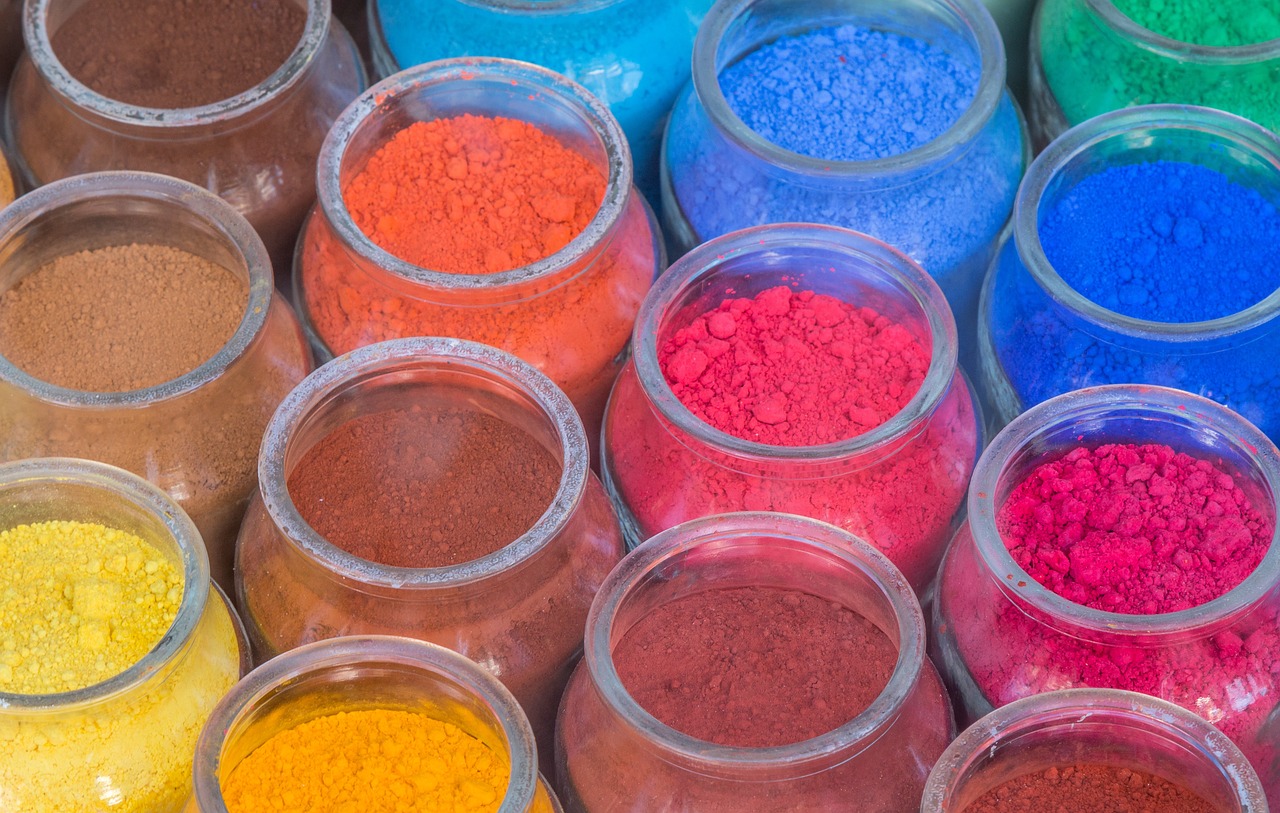
Techniques to Break Blocks
Creative blocks can feel like an insurmountable wall, but don’t worry! There are numerous techniques you can employ to shatter that barrier and unleash your artistic potential. The first step is to acknowledge the block itself. It’s completely normal to experience these moments of stagnation, but recognizing them allows you to take action. Think of it like a traffic jam; sometimes you just need to find an alternative route to get moving again.
One effective method is brainstorming. This technique involves jotting down any and all ideas that come to mind, no matter how silly they may seem. You can use a notebook or even a digital app. The goal here is quantity over quality. By letting your thoughts flow freely, you may stumble upon a gem of an idea that can reignite your creative spark. Consider setting a timer for 10-15 minutes and writing without stopping. You might be surprised at what you come up with!
Another powerful technique is to change your environment. Sometimes, simply moving to a different location can provide a fresh perspective. If you usually draw at your desk, try heading to a park, a café, or even a friend’s house. The new sights, sounds, and experiences can provide inspiration that you never knew you needed. As the saying goes, “A change is as good as a rest.”
Collaboration can also be a game-changer. Partnering with another artist or a friend can introduce new ideas and techniques that you might not have considered. It’s like mixing different colors on a palette; the result can be unexpectedly beautiful. Share your struggles and brainstorm together. Sometimes, just talking about your creative block can help you see things in a new light.
Additionally, don’t underestimate the power of taking breaks. Stepping away from your work can provide much-needed clarity. Go for a walk, engage in a different hobby, or simply relax. Allowing your mind to wander can lead to those “aha!” moments when you least expect them. Think of your creativity as a well; sometimes it needs to be replenished before it can flow again.
To summarize, here are some techniques to help you break through creative blocks:
- Brainstorming: Write down all ideas without judgment.
- Change your environment: Explore new locations for inspiration.
- Collaborate: Work with other artists for fresh perspectives.
- Take breaks: Step away to recharge your creative energy.
By incorporating these techniques into your routine, you’ll find that creative blocks can be tackled effectively. Remember, creativity is a journey, not a destination. Embrace the process, and don’t be afraid to explore new paths!
Q: What should I do if I experience a creative block for an extended period?
A: If you find yourself stuck for a long time, it might be helpful to take a more extended break and try to engage in activities that inspire you outside of drawing. Sometimes, stepping away completely can lead to a breakthrough.
Q: Can I use digital tools to help break creative blocks?
A: Absolutely! Digital tools can help you brainstorm, organize your thoughts, and even allow you to experiment with different styles and techniques without the pressure of making a “perfect” drawing.
Q: How can I stay motivated during difficult creative phases?
A: Setting small, achievable goals can help maintain motivation. Celebrate your progress, no matter how minor, and remind yourself of why you love drawing in the first place.
Frequently Asked Questions
- What are some effective ways to boost creativity in my drawings?
To enhance creativity in your drawings, try exploring different sources of inspiration, such as nature, art history, and personal experiences. Engaging in free drawing exercises and experimenting with mixed media can also help unlock new ideas and techniques.
- How can I find inspiration for my artwork?
Inspiration can be found everywhere! Take walks in nature, visit art galleries, or even reflect on personal experiences. Keeping a sketchbook handy to jot down ideas or observations can also serve as a valuable resource when you're looking to spark your creativity.
- What techniques can help me overcome creative blocks?
Identifying your triggers for creative blocks is the first step. Once you know what holds you back, you can implement strategies like brainstorming, changing your environment, or collaborating with other artists to gain fresh perspectives and reignite your creative spark.
- How important is it to set creative goals?
Setting creative goals is crucial for guiding your artistic journey. Short-term goals can help you stay focused and motivated, while long-term goals provide a broader vision for your growth as an artist. Regularly tracking your progress can also keep you accountable and inspired.
- Can studying art history really help improve my drawing skills?
Absolutely! Studying art history allows you to learn from past masters and understand various styles and techniques. This knowledge can inspire you to develop your unique voice in drawing and help you appreciate the evolution of art.
- What are free drawing exercises, and how do they help?
Free drawing exercises encourage spontaneity and creativity by allowing you to draw without constraints. This practice helps you explore your imagination and develop your style without the fear of judgment, making it a fun way to boost your artistic skills.
- How can I incorporate elements of nature into my drawings?
Incorporating elements of nature can be as simple as observing colors, textures, and forms found in your surroundings. Experiment with these natural elements in your artwork to create innovative expressions and deepen your connection to the world around you.



















